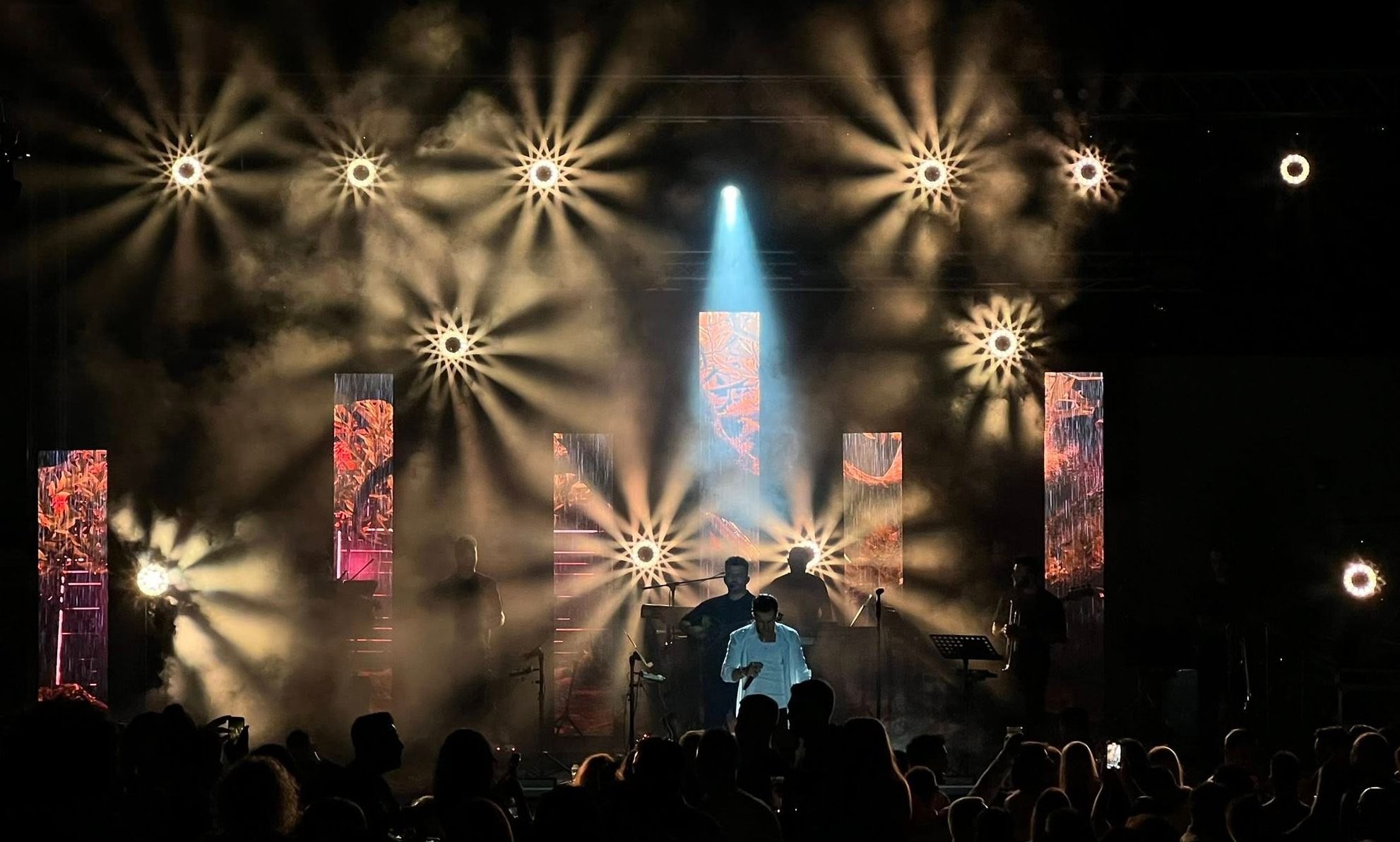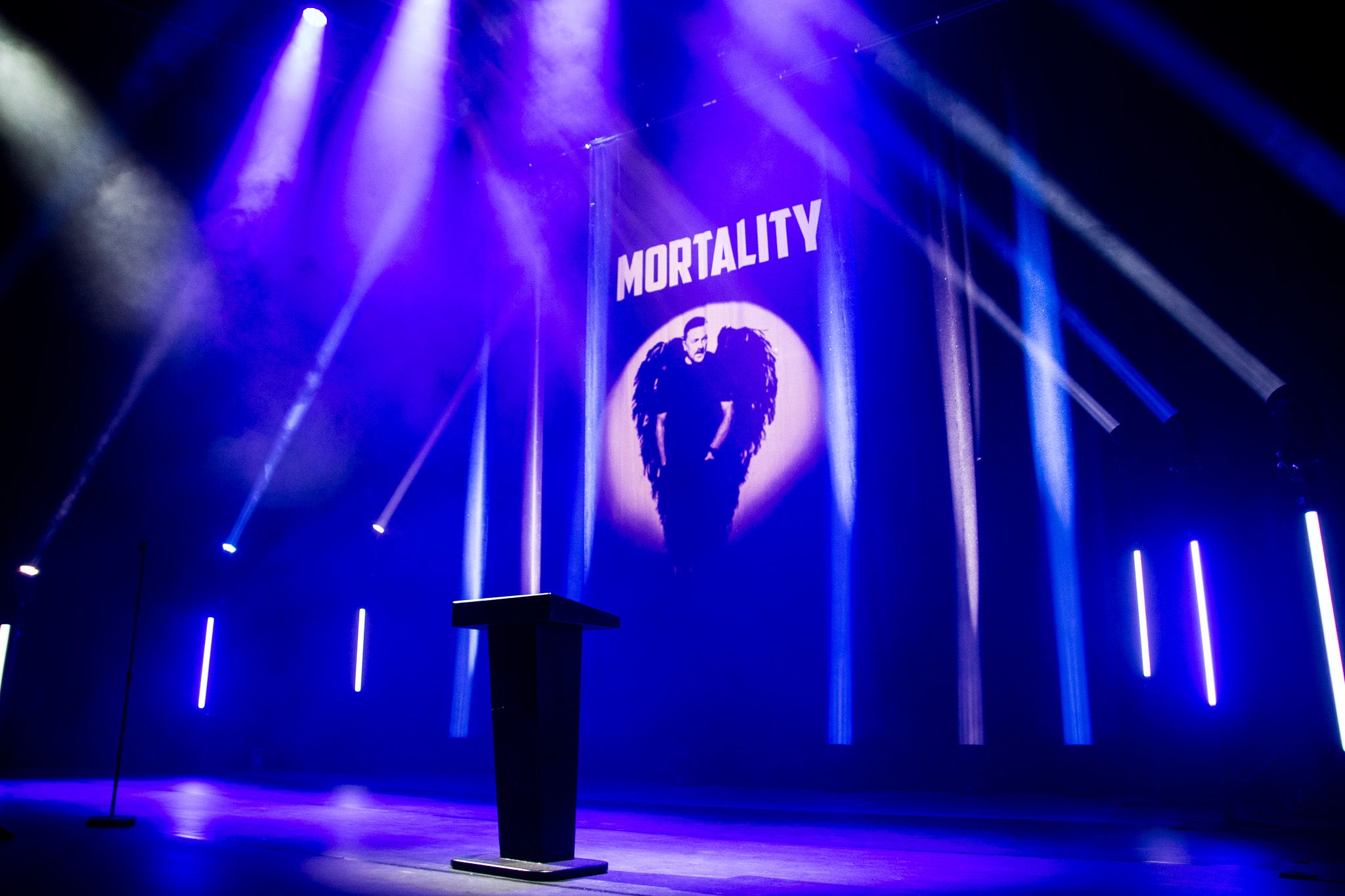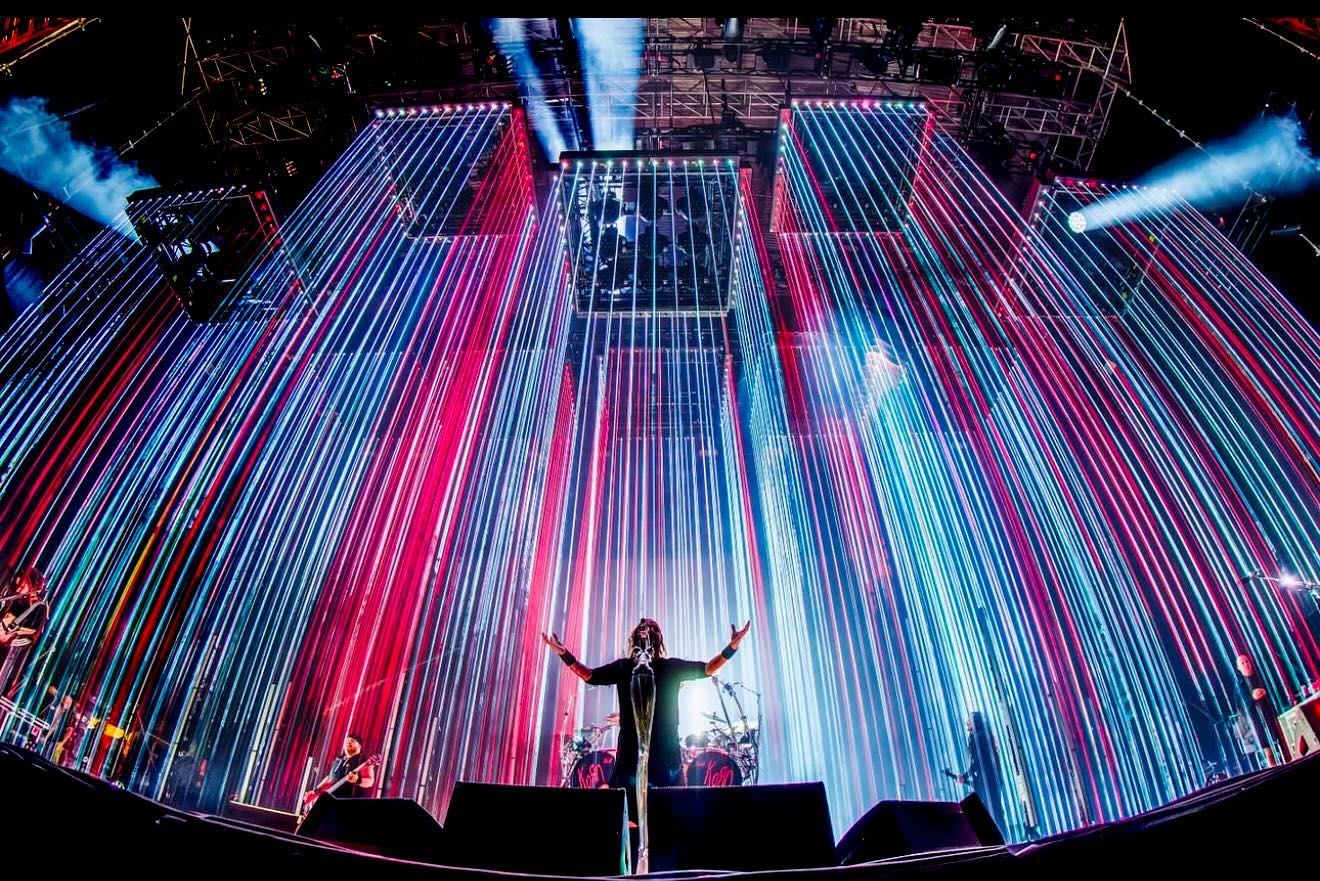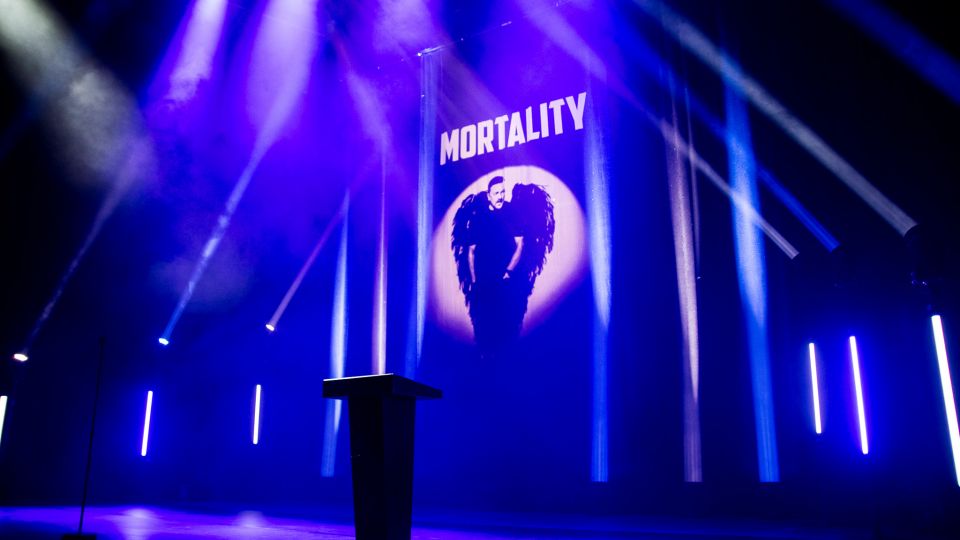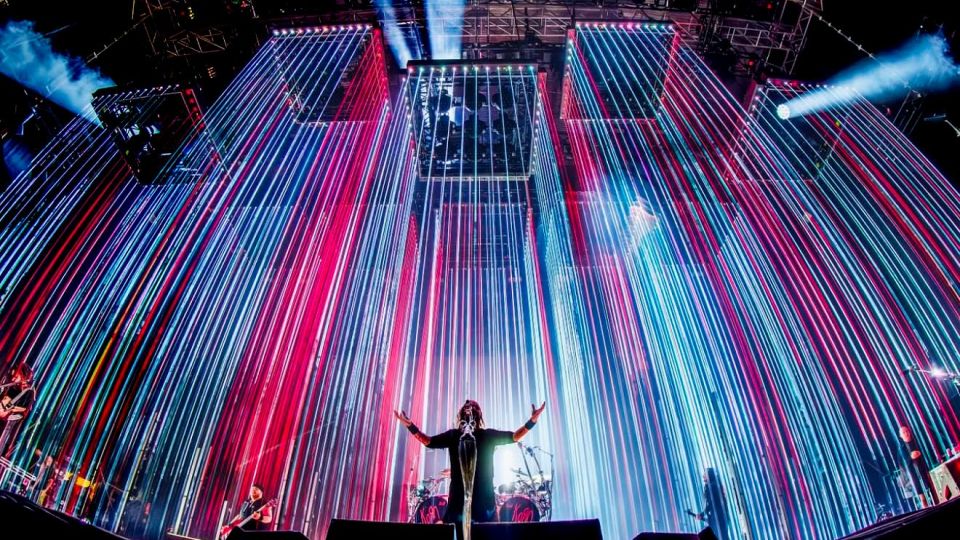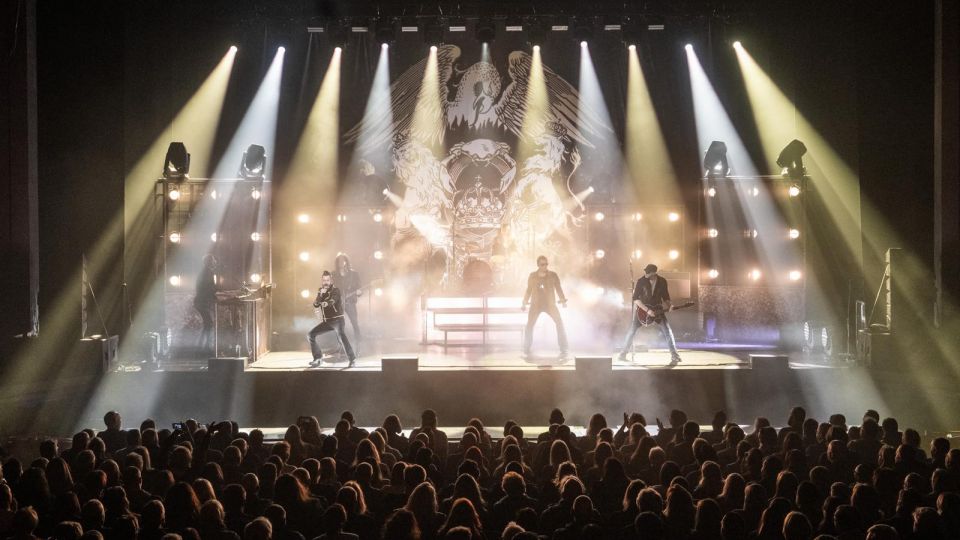Keith “Shanksy” Shanks Completes Game Of Thrones Run With ChamSys
BELFAST– The Harland and Wolf Shipyard on Queen’s Island has seen its share of history. It was from this marshy outpost on the western end of Belfast Lough at the mouth of the River Lagan that the ill-fated Titanic was built. Almost a century later, long since it had stopped building ships, the vast complex was again thrust into the limelight as the main studio for the multi-Emmy winning HBO series Game of Thrones.
A visit to the shipyard-turned-studio with a gaffer friend in early 2011 plunged Keith “Shanksy” Shanks into the fantastical world of Westeros and Essos as the lighting programmer for Game of Thrones throughout its entire eight-season run. With him all the way, on every one of the 73 episodes (plus the pilot), has been a series of ChamSys consoles.
“I met the producers through my gaffer friend and was given the opportunity to work on the pilot,” said Shanks, owner of Key Console Systems in Belfast. “We never looked back, as I’ve been programming the show ever since that day, right up to the final episode.”
Ironically, Shanks had never used a ChamSys desk before working on the Game of Thrones pilot. “I was primarily a rock touring LD up until then,” he recalled. “However, I felt the console I was using would not be up to the task of this project.”
After carefully evaluating his options, Shanks selected a MagicQ MQ200 with a Playback Wing for the pilot show. He soon added a second MQ200 to his setup, followed by an MQ500 Stadium. By the time Game of Thrones reached its eighth season, he had four MagicQ MQ500 Stadiums and two MQ200s with Playback Wings at his disposal.
The increasing number of consoles reflected the growing complexity of the Game of Thrones set lighting, which went from 14 universes to 19, as it moved from extremely high levels of illumination to more subtle and natural ones. More consoles were also needed to accommodate the variety of different sets used in the series.
During the last season, Shanks positioned the consoles at different locations throughout the Harland and Wolf facility (now the largest film studio in Europe). “We had six consoles here, one of which was in a van for when we shot at remote locations,” he said. “Our production schedule was so sharp that we had to have everything ready to go at every set, as well as the van, at a moment’s notice. Every console has a full system built into it, so we could move from one to the other with no hiccups.
“Speed was of the essence in this project,” continued Shanks. “There were a great many plans for Game of Thrones, and we had to move very quickly from one to the other. The multi-screen feature of the console was invaluable. Having everything at eye level let me get to anything I wanted very quickly. I’ve seen a lot of consoles that have way too many buttons to push to do the same thing that you can do far more quickly with ChamSys.”
The cloning and morphing features of his consoles also helped Shanks set up pages quickly. Also adding to the efficiency of the process was the easy interface with WYSIWYG. “We did a lot of pre viz using WYSIWYG, especially the 3D version,” he said. “The interface between the ChamSys and WYSIWYG was flawless. It was virtually plug and play. The internal drivers that ChamSys developed for this purpose were spot on.”
Another valuable feature for Shanks was the broad color palette available on his ChamSys consoles. “During the course of this series we continuously got new heads, and the people at ChamSys were great at keeping the CT colors current,” he said. “The regions that the MQ500 has for color picker applications was quite impressive.”
In a show as multi-faceted as Game of Thrones, last minute edits and adjustments are inevitable. On these occasions, Shanks appreciated the cue stacking features of his ChamSys consoles, which made it quick and easy to edit cues and individual timing. He also relied on his desks’ WiFi capabilities for last minute changes. “The interface was very smooth,” he said. “When a designer wanted to alter something, it could be done very quickly. Again, time was always of the essence in this project.”
On the subject of time, Shanks was amazed at how quickly it flew in his eight seasons with Game of Thrones. “It was a great experience,” he said. “I enjoyed the series, but it was the camaraderie of the crew that I will miss most. There was a sense of family as we all pulled together working on a project that we knew would be remembered for a very long time to come.”
As for the future, Shanks has a new film project on the horizon. “It looks like it will be coming through,” he said. “When it does, of course I will be taking my ChamSys with me.”

Photo #1 Credit: Getty Image
Photo #2 Credit: Helen Sloan
